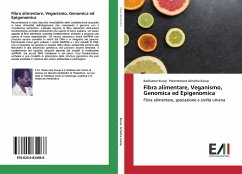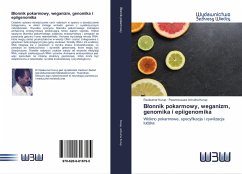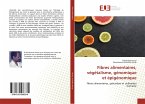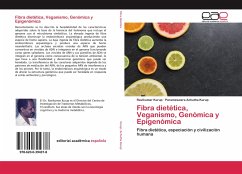Hereditability of acquired characteristics based on inheritance of the hologenome which includes the genome with the symbiotic microbiome has been described recently. High dietary fibre intake decreases archaeal endosymbiosis producing a homo sapien species. Low dietary fibre intake increases archaeal endosymbiosis &produces a homo neanderthalis species. The archaea will secrete RNA viroids which can get converted to DNA viroids and get integrated into the genome functioning as jumping genes. The RNA viroids &their DNA templates getting integrated into the genome consequent to environmental stress leads to genomic flexibility &dynamicity which can be inherited. The transfer of acquired characters depends upon RNA methylation patterns, Small interfering RNAs &prions. Thus archaeal endosymbiosis is a mode of altering genomic structure which can be inherited in response to environmental &psychological stress. The homo sapien species with less archaeal endosymbiosis is cerebral cortically dominant and rational while the homo neanderthalis species with more archaeal endosymbiosis is cerebellar dominant &autistic. Dietary fibre and archaeal endosymbiosis can modulate speciation &culture.








